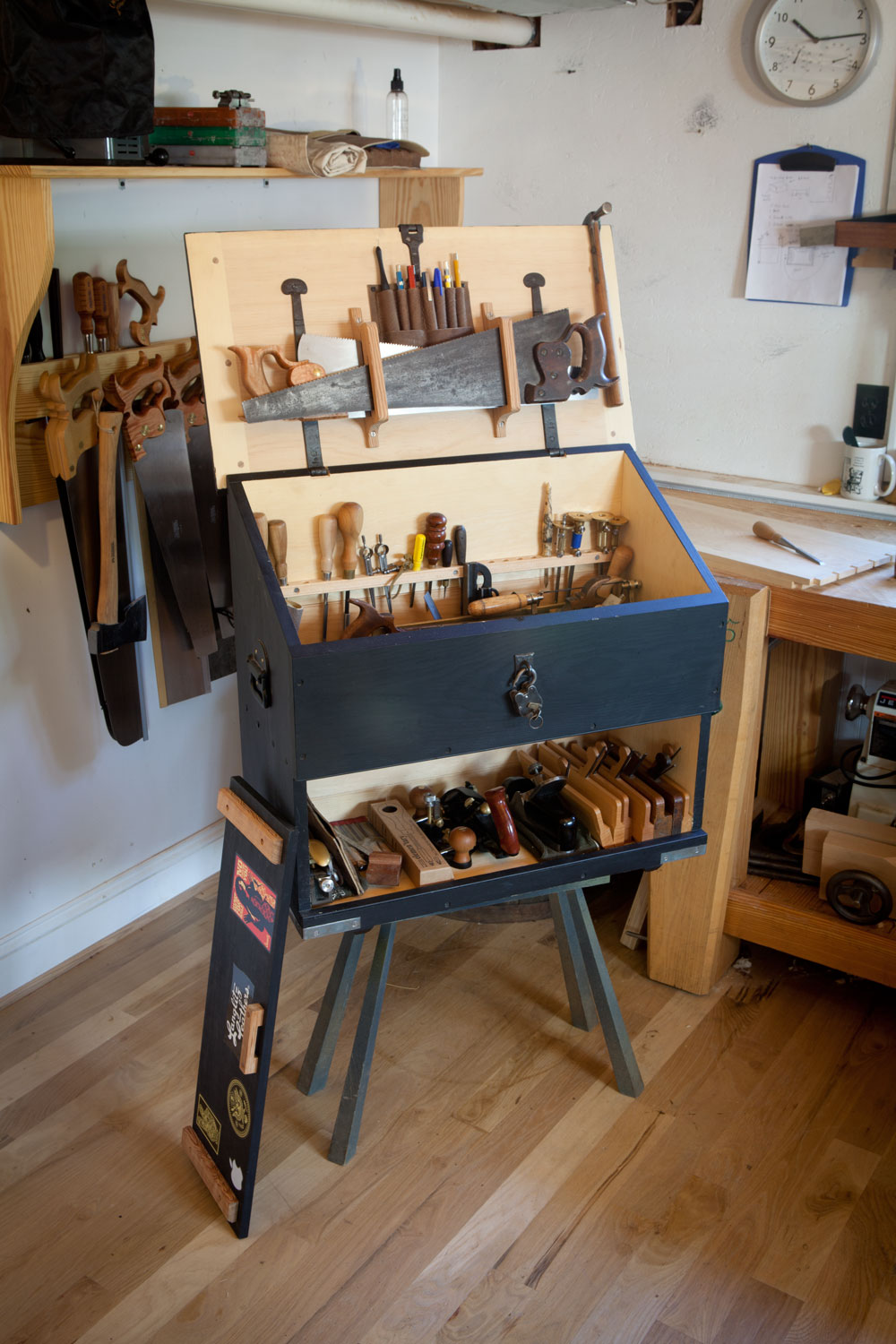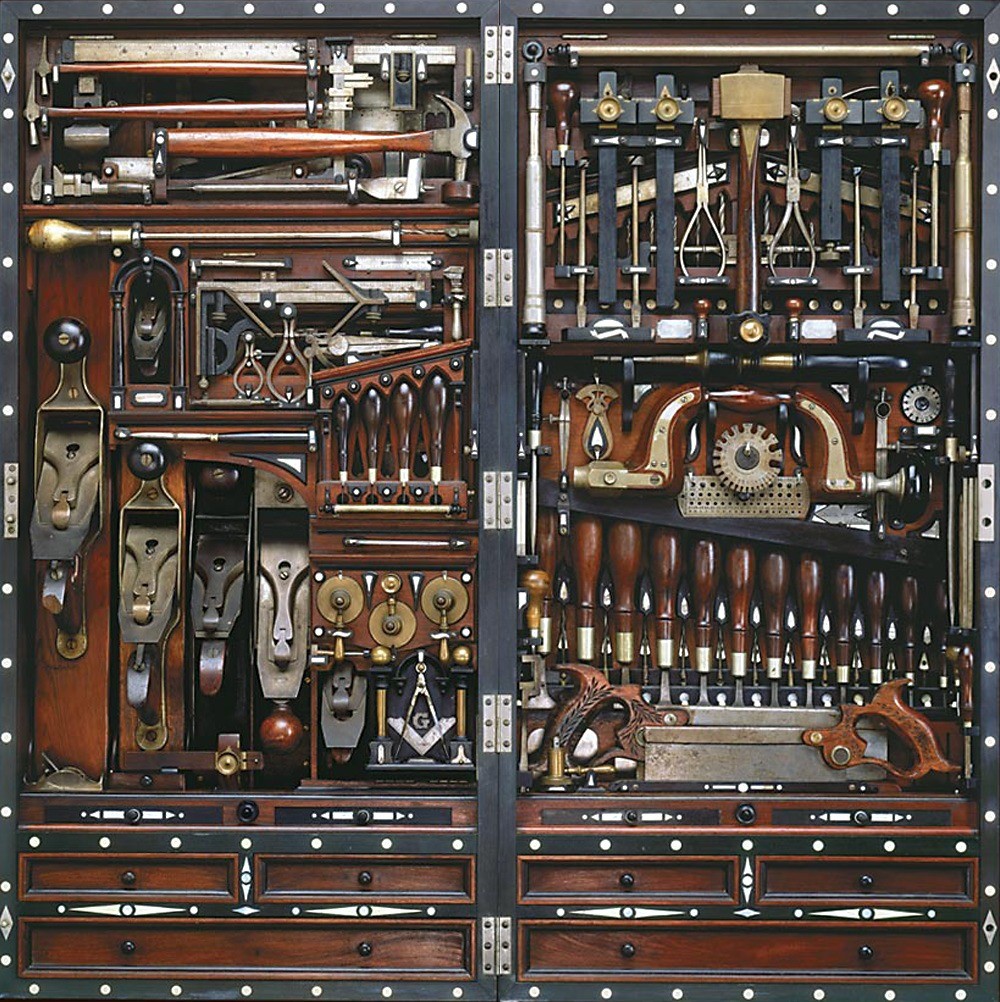
Exhibit A
In the 1950s and 1960s, the CIA supported abstract expressionist art.
“Regarding Abstract Expressionism, I’d love to be able to say that the CIA invented it just to see what happens in New York and downtown SoHo tomorrow!” [former CIA case officer Donald Jameson] joked. “But I think that what we did really was to recognise the difference. It was recognized that Abstract Expressionism was the kind of art that made Socialist Realism look even more stylised and more rigid and confined than it was. And that relationship was exploited in some of the exhibitions.
“In a way our understanding was helped because Moscow in those days was very vicious in its denunciation of any kind of non-conformity to its own very rigid patterns. And so one could quite adequately and accurately reason that anything they criticised that much and that heavy-handedly was worth support one way or another.”
Essentially, the CIA secretly funded traveling art shows, such as 1958’s “The New American Painting”, in order to highlight the freedom of expression in the Western world compared to enforced conformity of the communist block. No artists were paid for work, and artists that were exhibited, along with the American people and congress were specifically kept in the dark. As Tom Braden, head of the International Organisations Division of the CIA at the time said, “It was very difficult to get Congress to go along with some of the things we wanted to do – send art abroad, send symphonies abroad, publish magazines abroad. That’s one of the reasons it had to be done covertly. It had to be a secret. In order to encourage openness we had to be secret.”
Exhibit B
During the Spanish Civil War, Spanish Anarchists used surreal prison cells for torture.
The cells, built in 1938 and reportedly hidden from foreign journalists who visited the makeshift jails on Vallmajor and Saragossa streets, were as inspired by ideas of geometric abstraction and surrealism as they were by avant garde art theories on the psychological properties of colours.
Beds were placed at a 20 degree angle, making them near-impossible to sleep on, and the floors of the 6ft by 3ft cells was scattered with bricks and other geometric blocks to prevent prisoners from walking backwards and forwards, according to the account of [French anarchist Alphonse] Laurencic’s [Franco military trial in 1939].
The only option left to prisoners was staring at the walls, which were curved and covered with mind-altering patterns of cubes, squares, straight lines and spirals which utilised tricks of colour, perspective and scale to cause mental confusion and distress.
Lighting effects gave the impression that the dizzying patterns on the wall were moving.
A stone bench was similarly designed to send a prisoner sliding to the floor when he or she sat down, Mr Milicua said. Some cells were painted with tar so that they would warm up in the sun and produce asphyxiating heat.
Laurencic told the military court that he had been commissioned to build the cells by an anarchist leader who had heard of similar ones used elsewhere in the republican zone during the civil war, possibly in Valencia.
Mr Milicua has claimed that Laurencic preferred to use the colour green because, according to his theory of the psychological effects of various colours, it produced melancholy and sadness in prisoners.
This reminds me of how in The Men Who Stare at Goats &endash; the book, not the slapstick movie &endash; the ideas of psychology, mind-body connections, neuro linguistic programming, and the other ideas introduced to the military through the 1st Earth Battalion, ended up as Barney songs played painfully loud for days straight.









